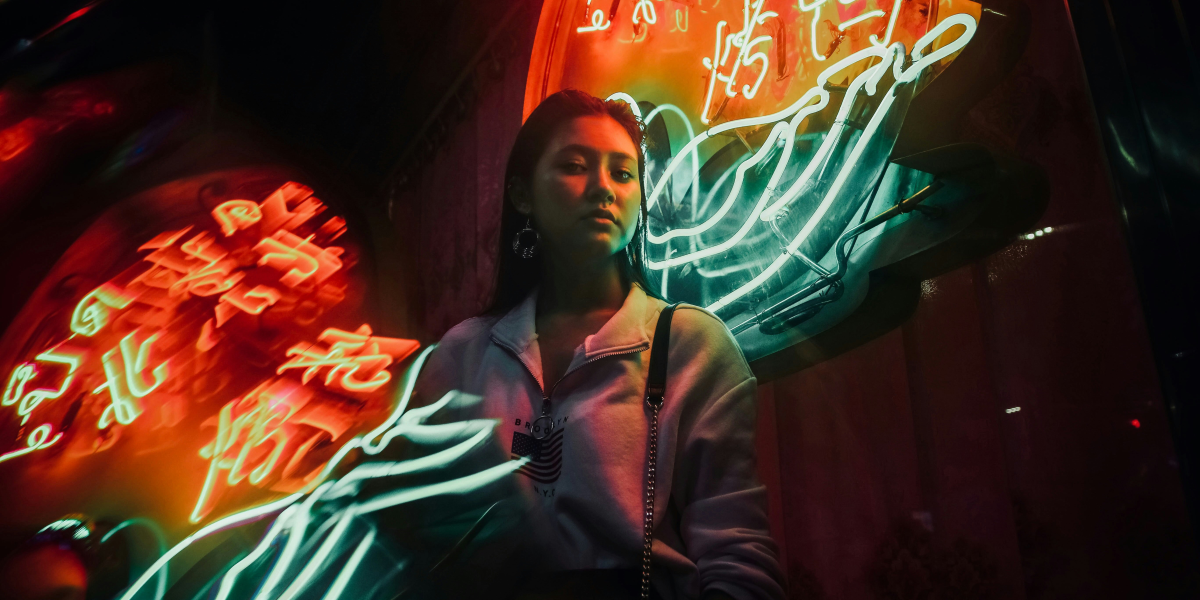In the intricate world of filmmaking, every visual detail is carefully crafted to enrich storytelling. Among the most influential tools available to filmmakers are hue and lighting, which play a pivotal role in enhancing actor performance and intensifying the viewer’s emotional connection. This article explores how hue and lighting affect actor portrayals, helping create immersive, memorable cinematic experiences that resonate deeply with audiences.
Setting the Mood and Atmosphere
Hue and lighting are essential in establishing a scene’s mood and tone, shaping how actors interpret their roles. Soft, warm lighting can create a romantic ambiance, allowing actors to portray warmth and intimacy. Conversely, excellent, dim lighting can infuse a scene with tension, guiding actors to convey mystery and intrigue. This alignment between lighting and emotion enhances individual scenes and supports the film’s overall tone, providing actors with visual cues that deepen narrative cohesion and authenticity.
Enhancing Facial Expressions and Emotions
Lighting is essential for enhancing facial expressions, the subtle nuances of which are critical to conveying complex emotions. Adequate lighting directs focus to the actor’s face, drawing attention to the eyes, lips, and other facial features that reflect the character’s internal state. By illuminating the face from various angles, filmmakers can emphasize depth and contours, bringing out subtle expressions that help viewers connect with the character’s emotions on a deeper level.
Different lighting effects are used to create specific emotional responses. Soft, diffused lighting often suggests gentleness or vulnerability, lending actors a smoother appearance that resonates with scenes of tenderness or introspection. Conversely, harsher, more angular lighting is adequate in dramatic, intense moments, creating striking contrasts that add tension and intensity to the actor’s performance. By thoughtfully adjusting lighting intensity, filmmakers allow actors to deliver powerful emotional portrayals that capture the viewer’s attention and foster empathy.
Directing the Viewer’s Attention
Hue and lighting guide the viewer’s focus, highlighting key scene elements and enhancing the actor’s performance. For example, bright lighting on an actor’s face draws attention to their emotions while dimming the background fosters intimacy. Contrasting hues intensify impact, using colors like sudden red to signify danger or emotional shifts, reinforcing the scene’s mood and amplifying character reactions. This careful use of light and color ensures that each performance resonates deeply with the audience, supporting the narrative’s emotional depth.
Establishing Character Traits and Personality
Lighting and color palettes are often crafted to reflect a character’s traits, subtly reinforcing their personality within the story. Warm hues may suggest friendliness, while relaxed, muted tones convey reservation or internal struggle. Shadows add layers, hinting at mystery or conflict. This approach allows the character’s environment to mirror their inner world, deeply enriching portrayals. Actors can interpret and express these nuances authentically using light as a character cue, creating a visually and emotionally resonant performance for viewers.
Creating Visual Metaphors and Symbolism
Hue and lighting often serve as powerful visual metaphors, conveying abstract themes and emotions that enhance the narrative’s depth. Filmmakers can use light and color to symbolize aspects of the story or a character’s journey, creating layered meanings that engage audiences subconsciously. For instance, a character walking from darkness into light can symbolize growth, hope, or redemption, allowing actors to use this visual cue to amplify their emotional transformation.
Lighting and color symbolism add a cinematic language to the storytelling, creating a cohesive experience for viewers. For actors, such visual cues offer an additional layer of meaning, guiding their body language, expressions, and interactions to align with the thematic undertone. When the visuals align with the actors’ performances, the resulting scenes become powerful emotional statements, resonating with viewers long after the credits roll.
Enhancing Cinematic Aesthetics and Style
Hue and lighting enhance a film’s unique visual style, making it memorable and cohesive. From noir’s stark contrasts to musicals’ vibrant colors, each choice sets a distinct tone. Actors align their performances to match these visual cues, using subtle expressions in minimalist settings or dynamic gestures in vibrant scenes, enhancing the film’s aesthetic and emotional impact.
Leaving a Lasting Impression
Hue and lighting are invaluable tools in shaping the viewer’s perception of a film and its characters. By setting the mood, directing attention, defining character traits, creating symbolism, and enhancing visual aesthetics, lighting, and color play an integral role in elevating the cinematic experience. When these elements are used thoughtfully, they provide a foundation for actors to deliver performances that resonate on both emotional and aesthetic levels.
Working within a well-designed lighting and color scheme enhances actors’ ability to connect with the character and the audience. This synergy between lighting and performance brings stories to life in authentic, engaging, and impactful ways. In embracing the power of hue and lighting, filmmakers and actors create a lasting impression that remains with audiences, leaving them moved and inspired by the world on screen.
Published by: Martin De Juan















